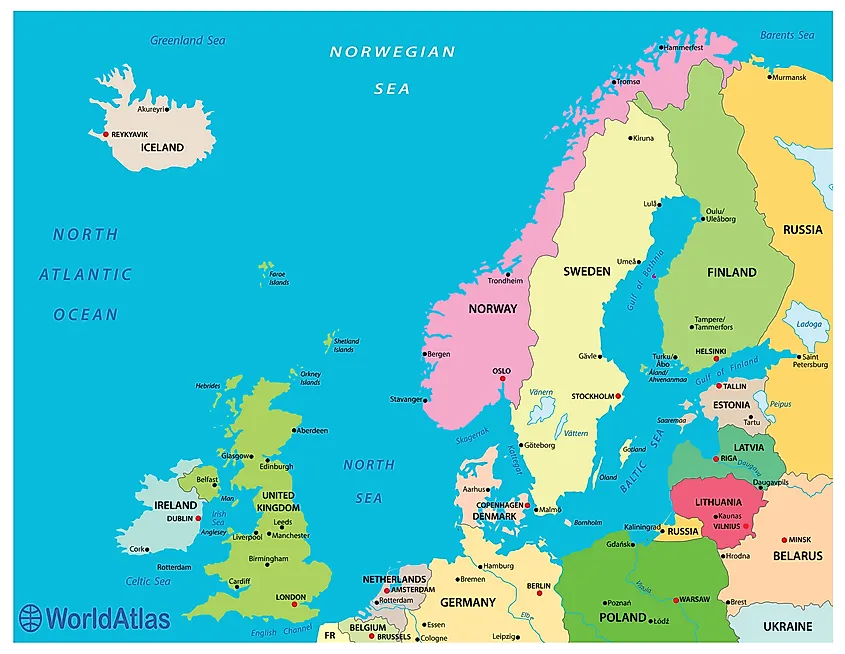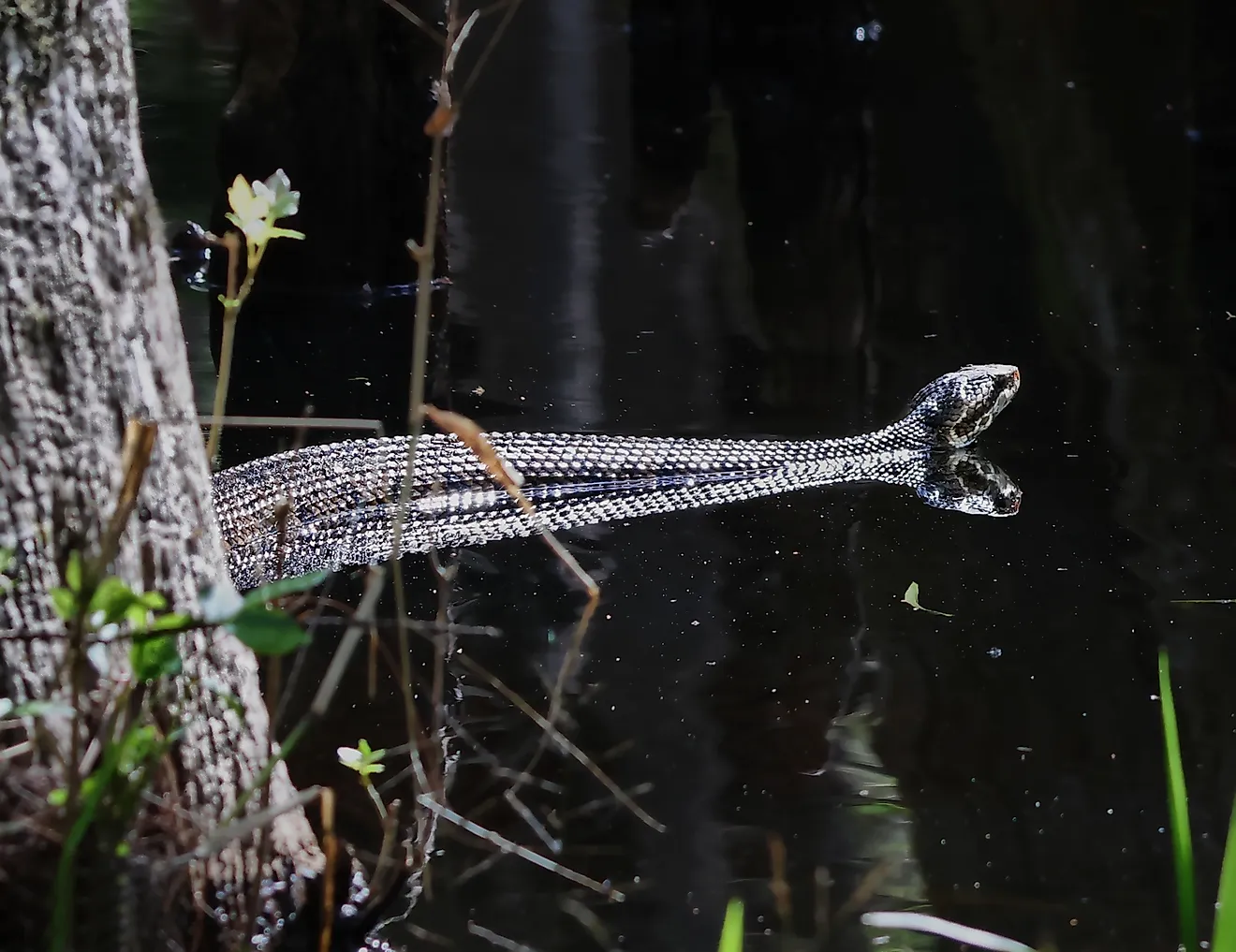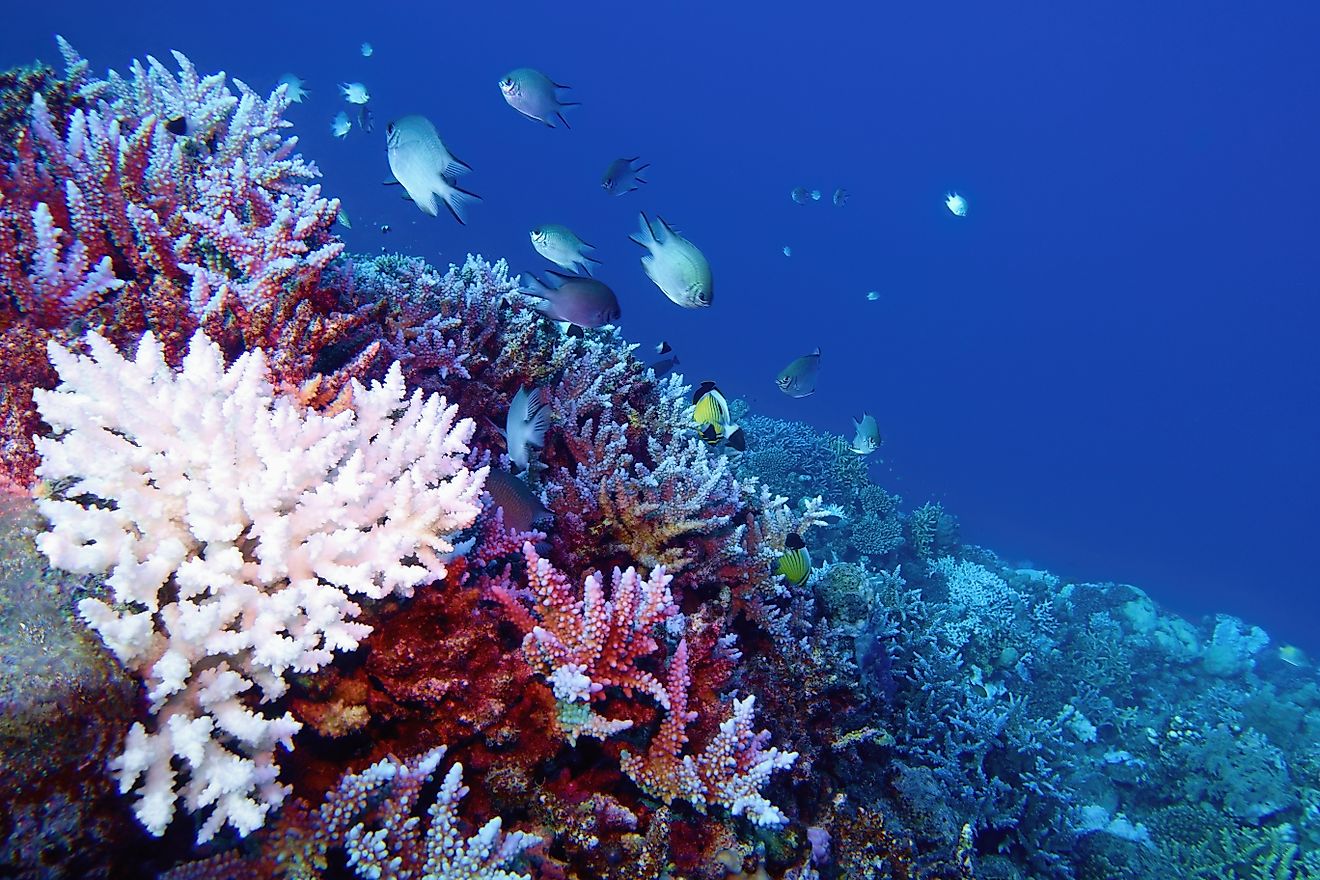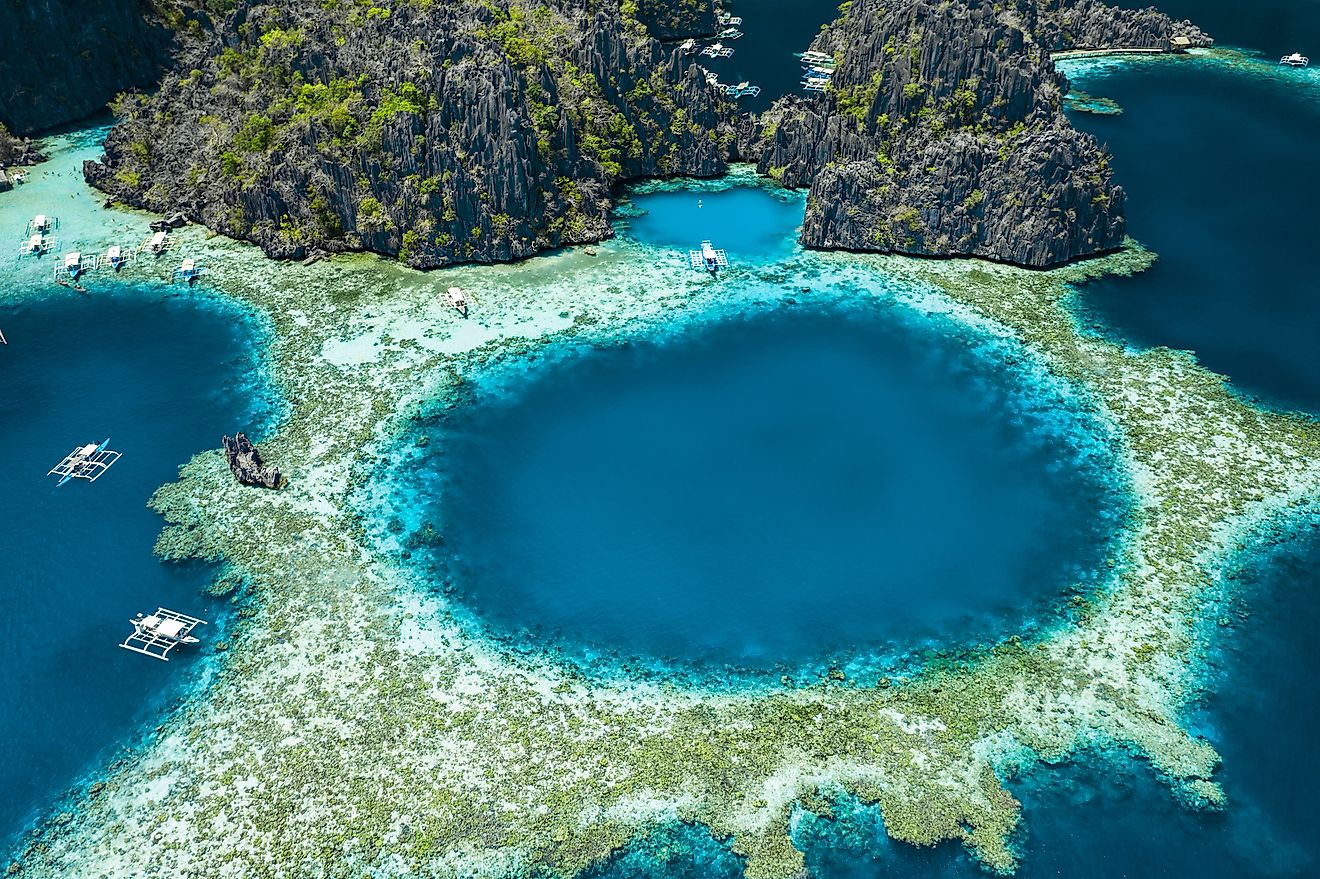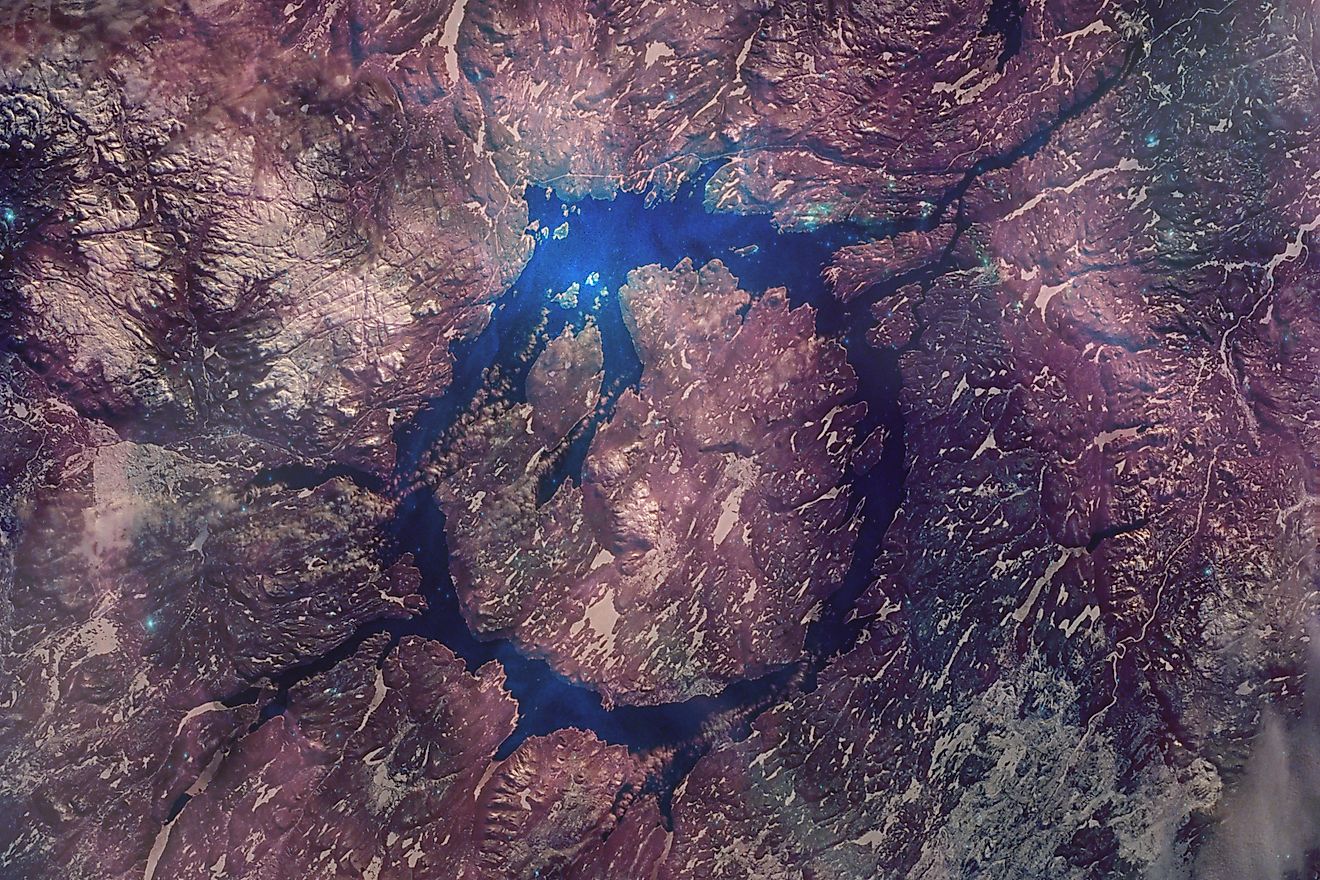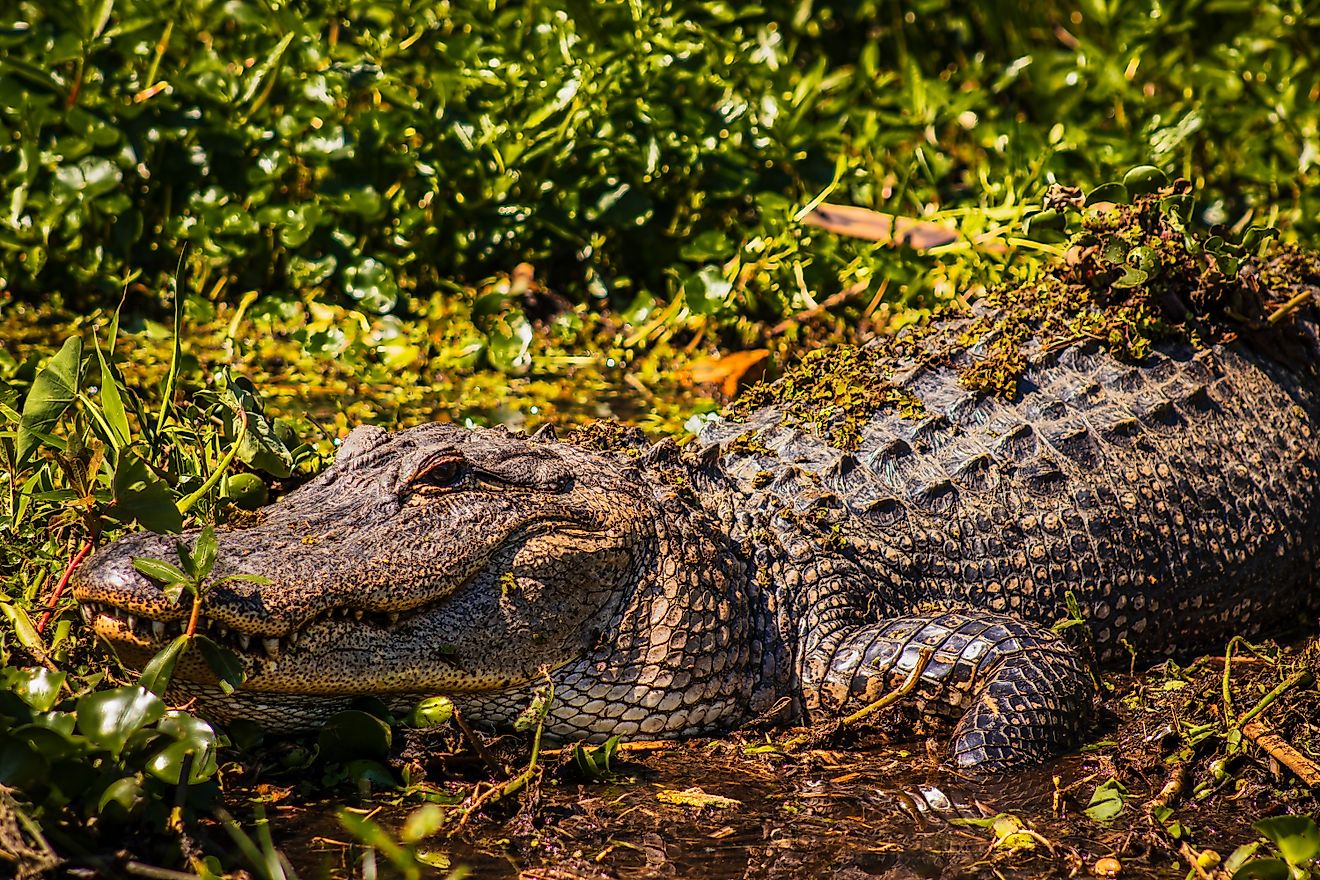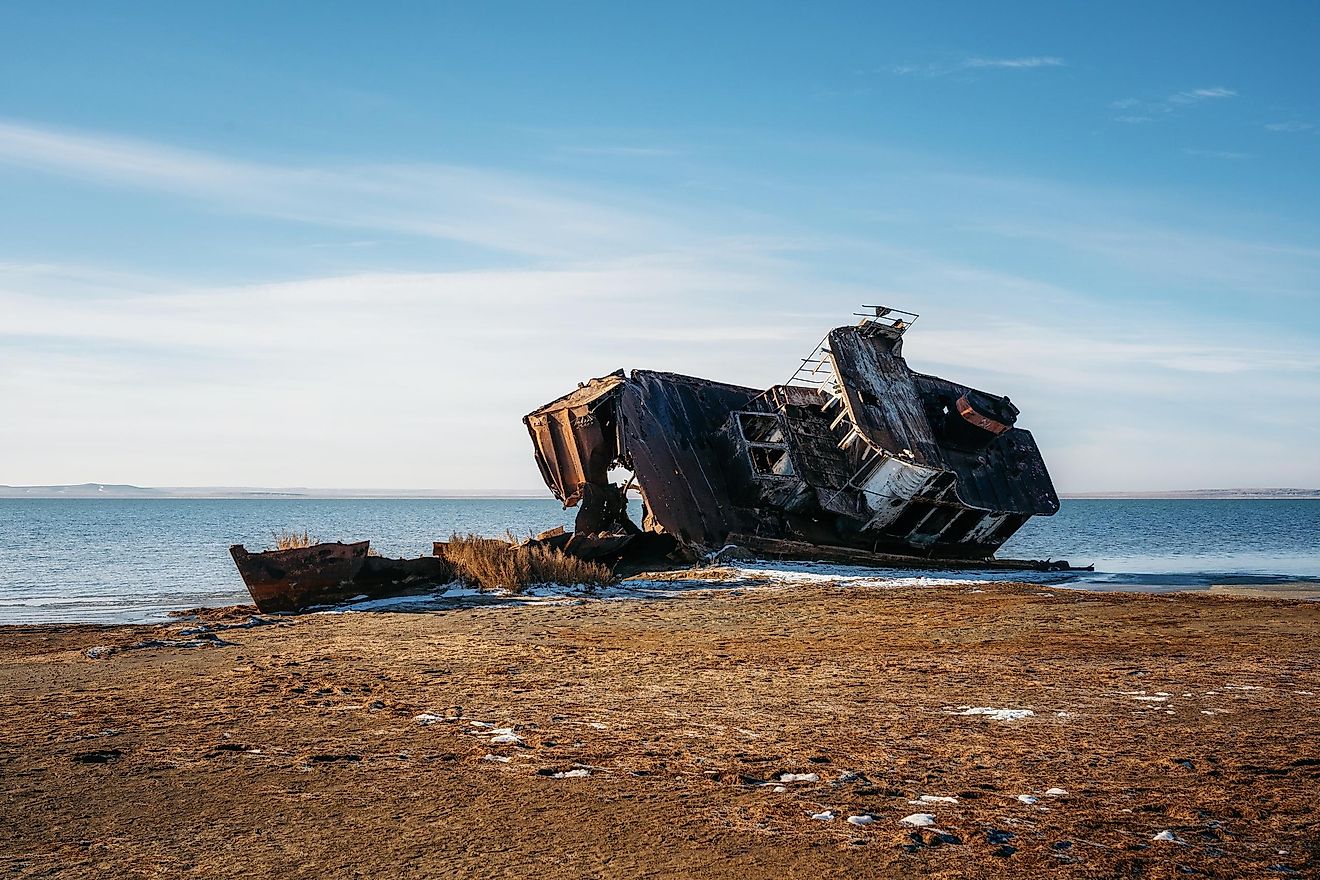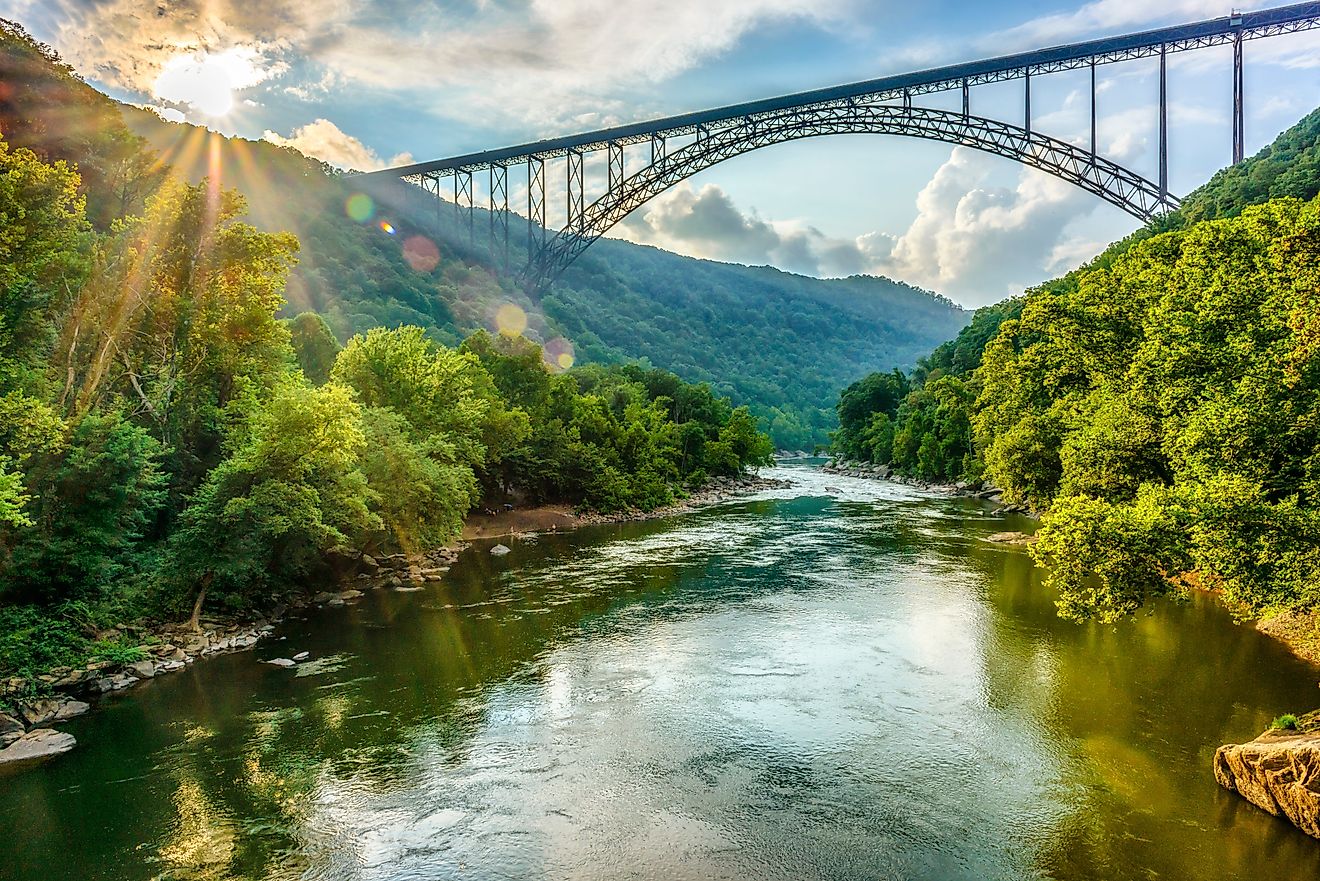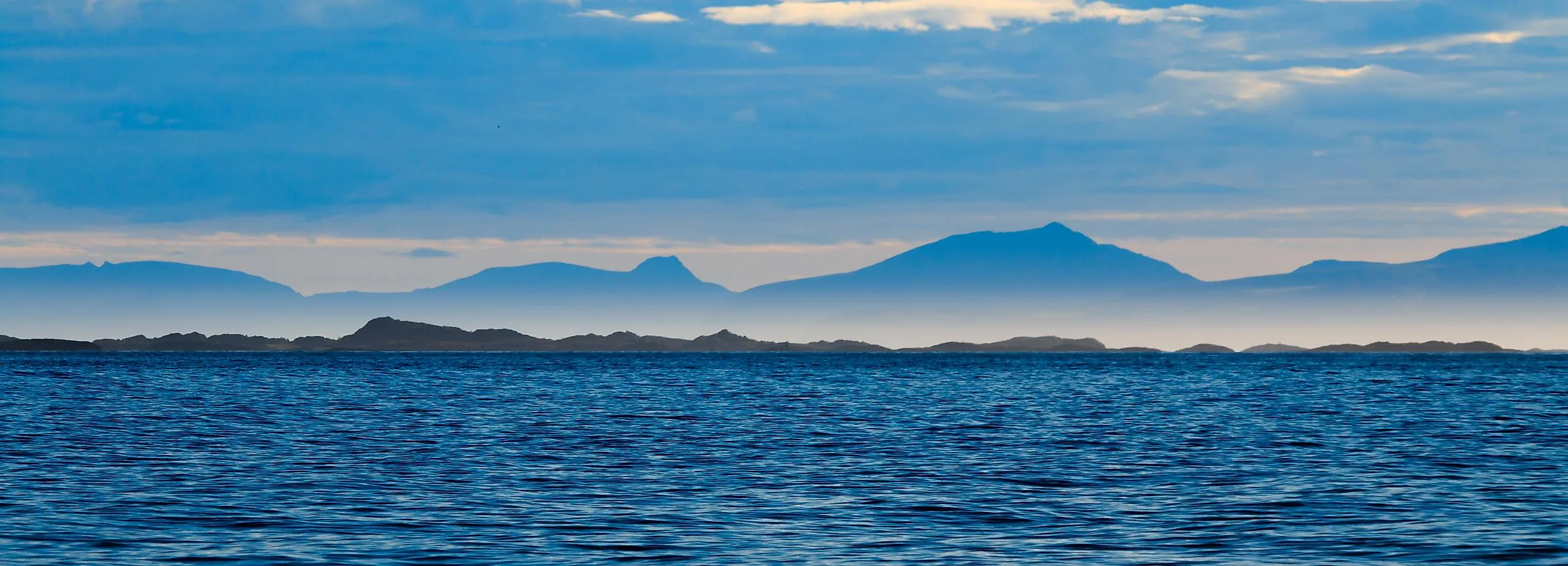
Norwegian Sea
Covering an area of 1,383,000 km2, the Norwegian Sea is a marginal sea of the Arctic Ocean located in Northern Europe. The Norwegian Sea is situated along the northwestern part of Norway between the Greenland Sea and the North Sea. The Barents Sea is located to the northeast of the Norwegian Sea. It is separated from the Atlantic Ocean in the southwest by a submarine ridge that spans from Iceland to the Faroe Islands. In the north, the Norwegian Sea is separated from the Greenland Sea by the Jan Mayen Ridge.
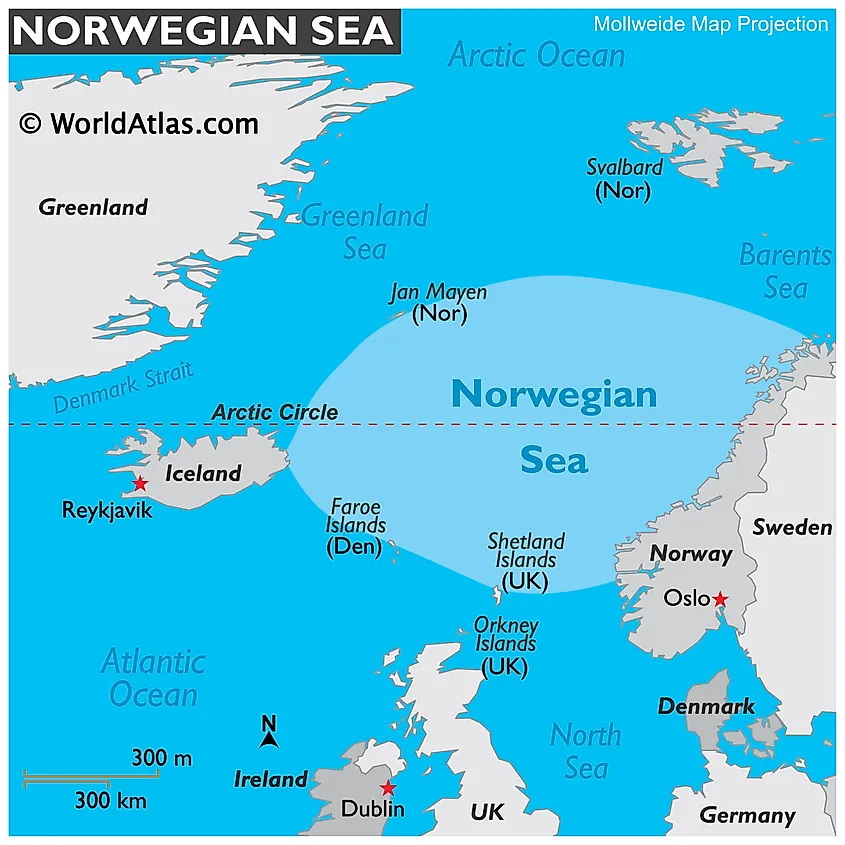
Geography
Since the Norwegian Sea is not a part of any continental shelf, it has a maximum depth of up to 3,970 m. It has an estimated average depth of about 2,000 m. The Norwegian Sea was formed when the Eurasian Plate and the North American Plate began to separate approximately 250 million years ago. The sea’s coasts were shaped during the last Ice Age when the fjords were formed after huge glaciers pushed into the land. The waters of the Norwegian Sea have a high salinity of about 35 parts per 1,000.
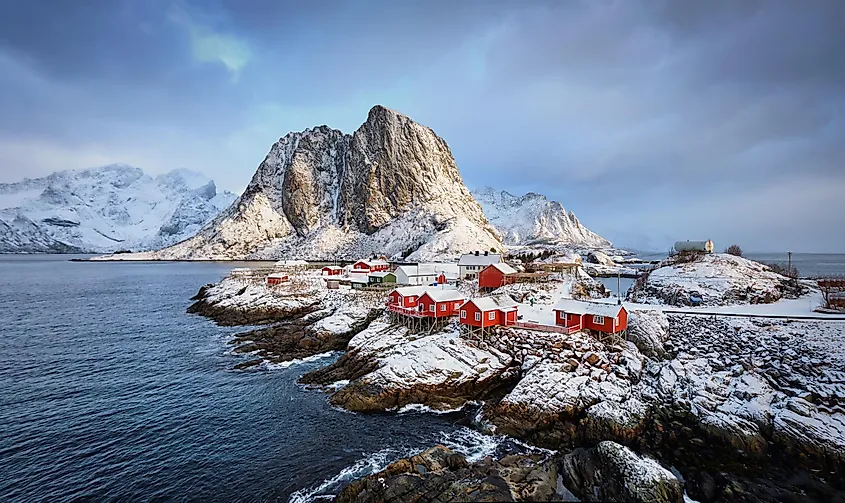
The average winter temperature ranges between 2° to 7° C. The summer temperature ranges between 8° to 12° C. The warm North Atlantic current pushes the warm waters through the Norwegian Sea into the Barents Sea. The cold East Iceland Current transfers the cold water from the Norwegian Sea towards Iceland. This thermal mixing of the warm and cold currents creates excellent fishing grounds in the Norwegian Sea. The warm North Atlantic current also leads to high seawater temperatures and therefore the Norwegian Sea remains ice-free throughout the year.
Marine Life
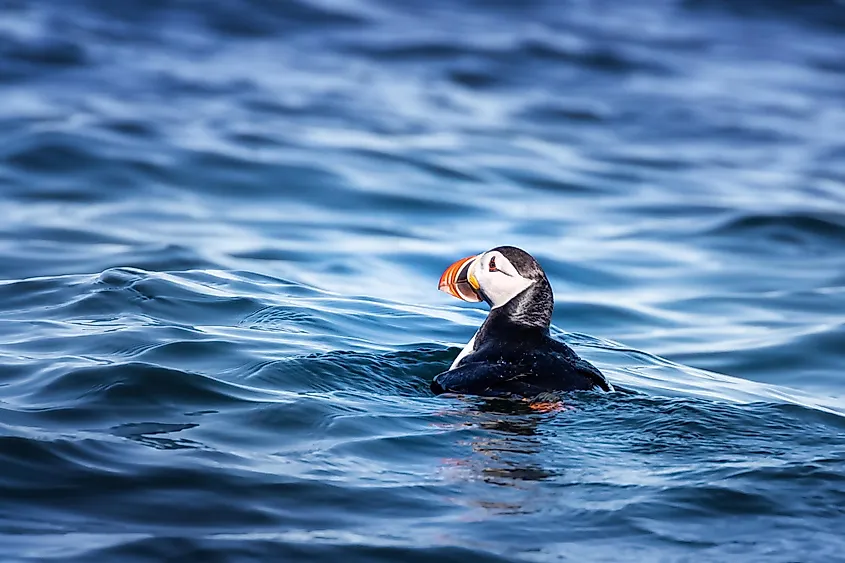
The Norwegian Sea acts as a transition zone between boreal and Arctic climatic conditions and therefore its habitat shares the characteristics from both these climates. Diatoms are the major phytoplankton that is found here. Zooplanktons like copepods and different krill species also occur in the waters. Notable shrimp species like the Pandalus borealis serve an important role in the diet of fish like blue whiting and cod. Extensive coral reefs of the cold-water coral Lophelia pertusa are found in the waters of the Norwegian sea. These coral reefs provide shelter for various species of fish.
The sea’s habitat acts as a crucial spawning ground for the reproduction of fish like herring. These fish begin their life in the Norwegian Sea and after their eggs hatch in March, they migrate to the Barents Sea during the summer months. These fish then come back to the Norwegian Sea upon maturity. Some other important fish species that are found here include blue whiting, capelin, cod, mackerel, and rockfish. The significant seabirds that are found here are guillemot, kittiwake, gulls, fulmars, gannets, and puffin. Some notable marine mammals that reside in the waters of the Norwegian Sea include the different species of whales like the orca, sei, humpback, and minke whales as well as the white-beaked dolphin.
Economy
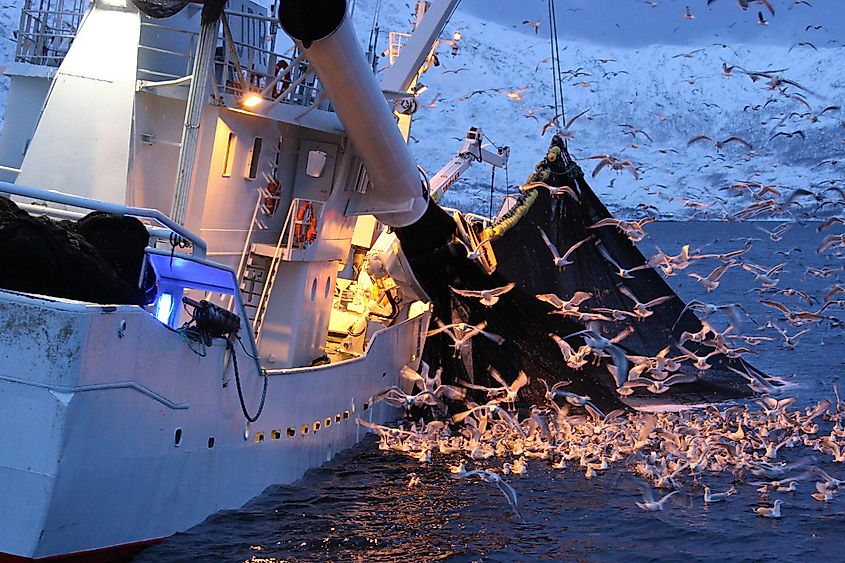
The Norwegian Sea has been used for fishing for hundreds of years. The area around the Lofoten Islands is considered to be Europe’s richest fishing site, as most of the breeding of Atlantic cod takes place in this area. Salmon fishing is an important industry along the sea’s coastal waters. However, it has been estimated that about 41% of the fish stocks have been excessively harvested from the Norwegian Sea. The seafloor is rich in petroleum and natural gas deposits and has been commercially explored since 1993. The ice-free Norwegian Sea forms an important part of the Northern Sea Route and functions as a direct connection between the Atlantic and the Arctic Russian ports of Arkhangelsk, Murmansk, and Kandalaksha. The principal ports that are located along the Norwegian Sea include the ports of Trondheim, Tromsø, and Narvik.
